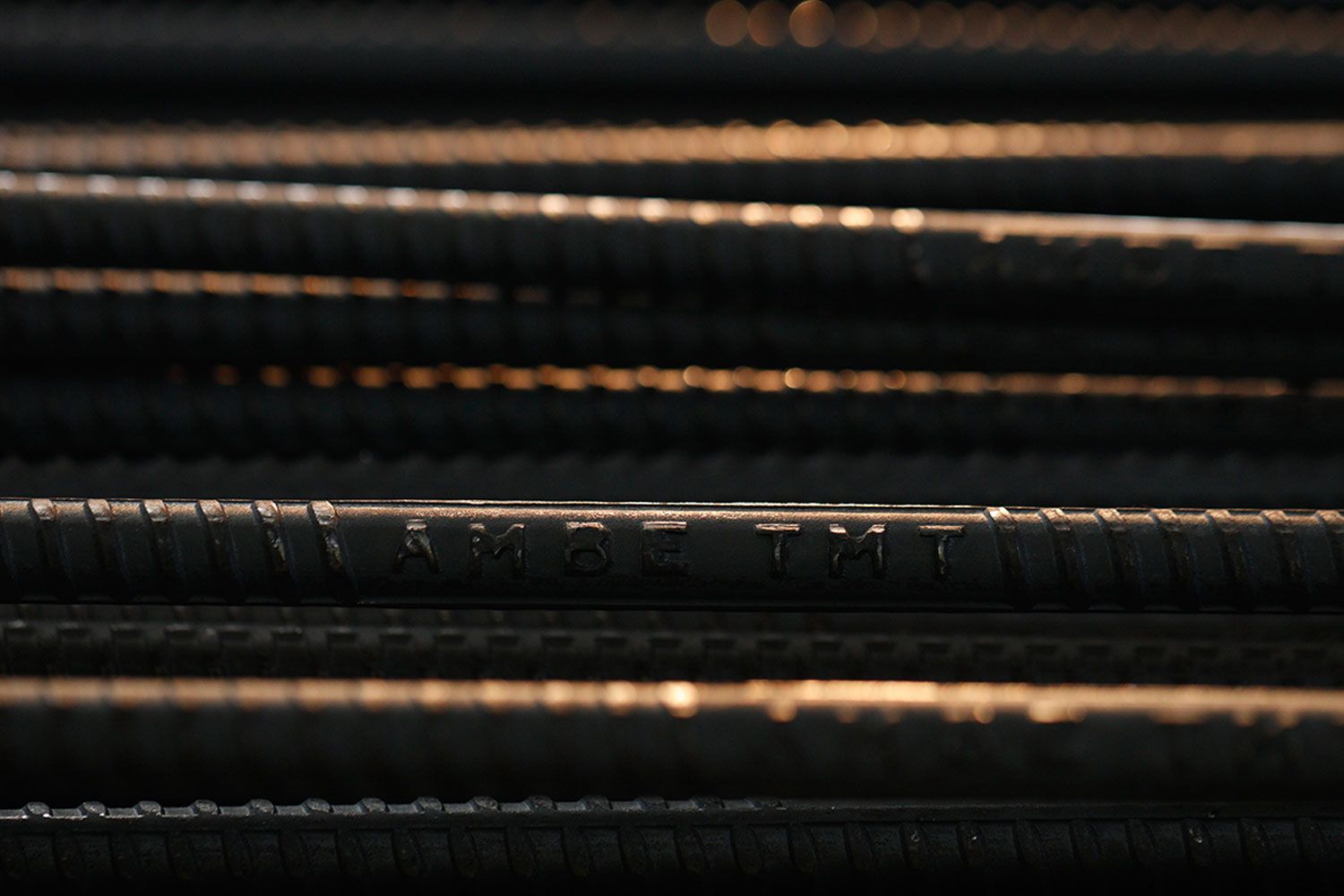
Steel in Construction
Every aspect of our daily lives, from the vehicles we drive to the workplaces we frequent to the houses we live in, has been impacted by steel in some way. Steel is utilized in almost every aspect of modern life, from power line towers and natural gas pipes to machine tools and military weaponry. Architects have full control over their work with steel. Steel's tolerance, moldability, and resilience make it an ideal material for architects to use in the design of a new structure. As an added bonus, steel can bend and curl to some extent, making it ideal for fine-tuning applications. Steel has earned its reputation as a long-lasting metal. Strong winds and heavy rain have little effect on a steel-framed building. They don't lose strength or appearance over time as traditional building materials would. Steel-framed buildings, if built properly, may survive for up to 20 years. Steel-framed buildings have a proven track record of conforming to strict vibration and acoustic standards.
Steel is very malleable and can be formed into almost any design. Steel may be joined together fast and effectively, reducing construction time by up to 40% in molding the steel to the desired form. Because of its pliability, it won't fracture or shatter under the weight of the structure it supports. Because steel is a good conductor of heat, it keeps buildings cool in the summer and warm in the winter. It's possible to recycle and repurpose steel. It's not a wasteful item since it can be melted down and reused in other projects. There will be no harm to steel since it is a fire-resistant material. A building made of steel may be both aesthetic and cost-effective since it minimizes the number of columns. Get in touch with Ambe steel providers if you're looking for high-quality and reasonably priced steel.
